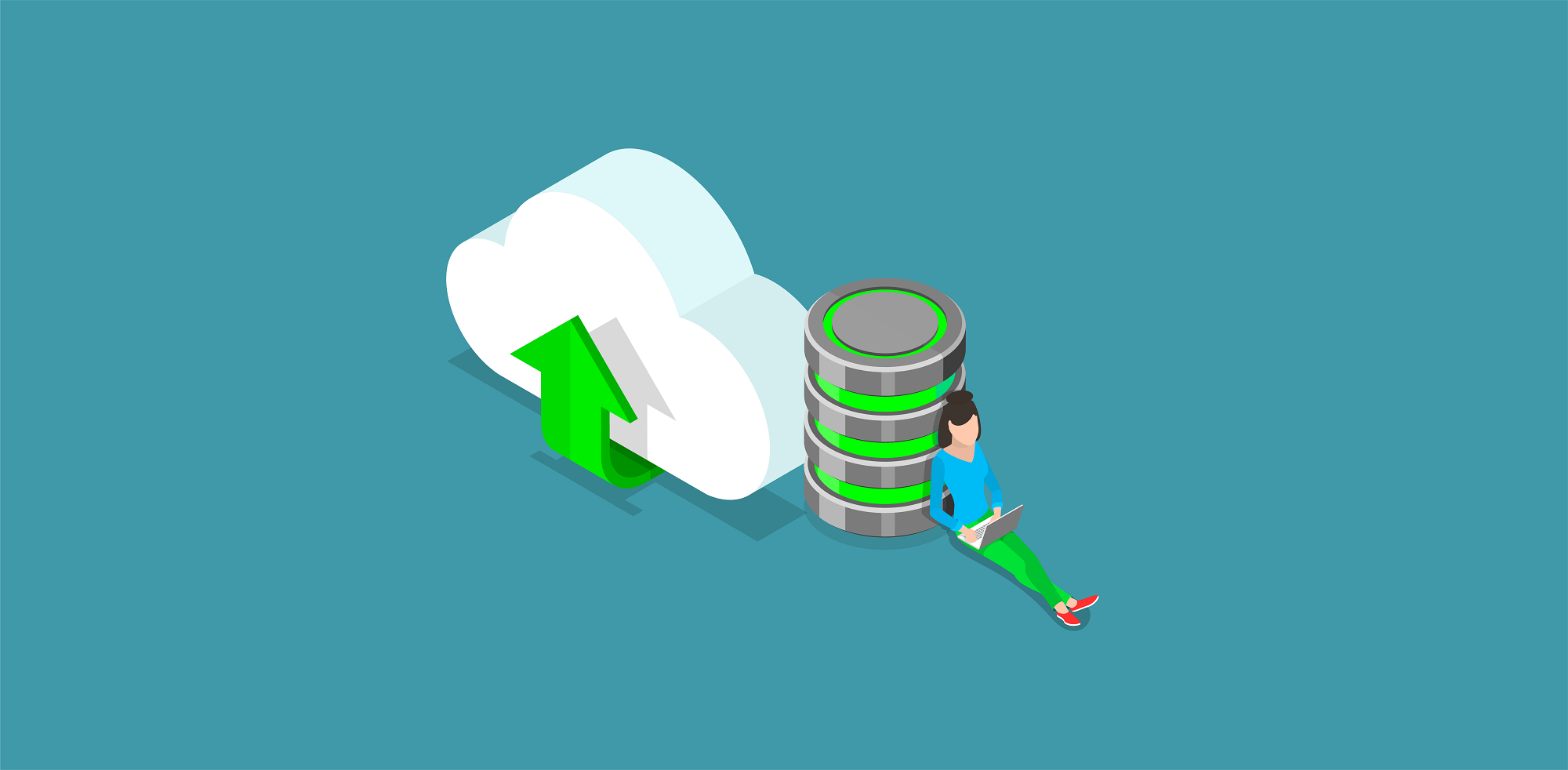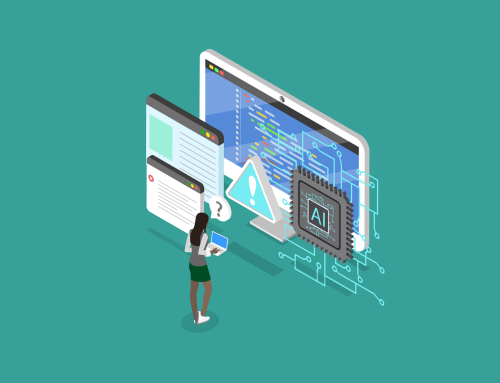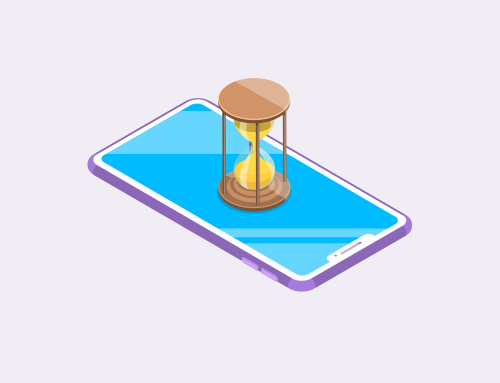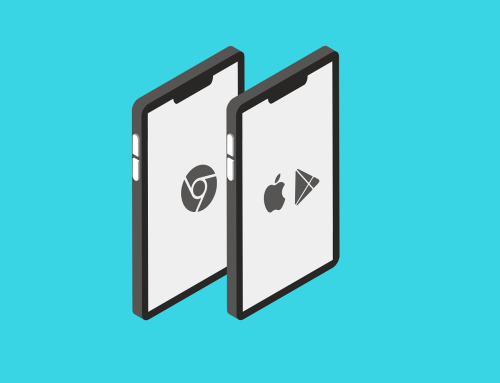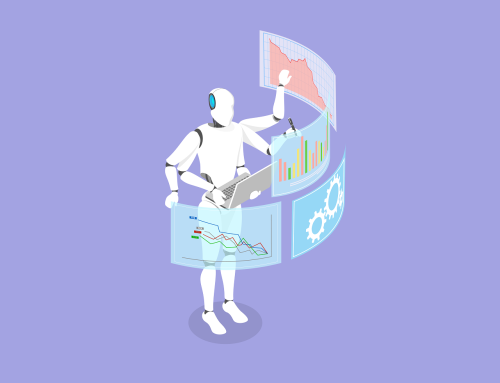Cloud vs On-Premises Infrastructure
Many organisations come to a point where they begin to decide whether it’s worth keeping data in on-premises infrastructure or migrate to a cloud-based solution.
On-premises solutions means everything is hosted in-house and in the premises’ environment, whereas a cloud environment relies on a third-party provider to host everything for you.
Discussed below are the main differences between cloud and on-premises data storage for organisations.
Costs
On-premises solutions usually involve expensive upfront hardware and software costs, along with ongoing maintenance expenses.
Cloud solutions on the other hand typically follow a pay-as-you-go subscription model, potentially reducing initial investment but costing more in the long-term depending on your organisation’s usage.
Security
On-premises solutions provide direct control over data security, as it’s managed within the organisation’s infrastructure. This means that the organisation is in direct control of the security measures in place. This is often viewed as double-edged sword, as the burden of security is high on the organisation itself to safeguard its data.
The presence of complex on-premises solutions increases the risk of human error that could potentially introduce security threats.
Cloud providers have robust security measures in place, but there are often concerns about data sovereignty and the risk involved of relying on third-party security in general.
Availability
Availability is a critical factor when comparing on-premises and cloud solutions, as your data needs to be accessible when you need it. On-premises infrastructure gives organisation a high level of control and availability with significant investment but can be prone to longer downtimes and more complex disaster recovery.
A cloud solution leads to generally higher availability with built-in redundancy, backed by SLAs, but dependent on the provider for maintenance and issue resolution.
One critical difference between the two is the availability of data without an internet connection. In the event of an internet connection outage, on-premises data is still accessible to those who need it. Employees are unable to access data stored on a cloud solution without an internet connection.
Scalability
Your data grows alongside your business, often requiring more capacity and more sophisticated solutions.
Cloud solutions offer organisations virtually limitless scalability. You can easily scale resources up or down based on demand. On-premises solutions may require purchasing additional hardware to scale, which can be both costly and time-consuming.
Technology
Cloud computing services offer access to next-generation technologies like artificial intelligence, machine learning, serverless computing and real-time analytics.
While on-premises solutions offer the ability of upgrades to include these innovative technologies, it’s often costly and will require more downtime. An on-premises solution allows for easier management of data locality issues and lower latency for high-performance workloads.
Performance
When it comes to choosing between an on-premises or cloud solution, performance always needs to be considered. On-premises solutions tend to be curated and optimised directly by the organisation and the dedicated resources are provided to ensure optimal performance.
Through the cloud however, resources are shared with other users of the service. This means the demand will have an impact on the performance of the shared infrastructure.
A Hybrid Approach
Many organisations choose to adopt a hybrid approach, combining on-premises and cloud solutions to leverage the advantages of both. Examples of this in practice include:
- Keeping critical systems on-premises while using the cloud for scalable and less critical applications.
- Optimising costs by using the cloud for variable workloads and on-premises for consistent operations.
- Maintaining control over sensitive data and systems with an on-premises solutions, while taking advantage of the cloud’s flexibility and scalability for less sensitive data.
Are you preparing to alter your tech stack in 2024? If so, contact us today on +353 1 8041298, or click on the link below to our contact form.


